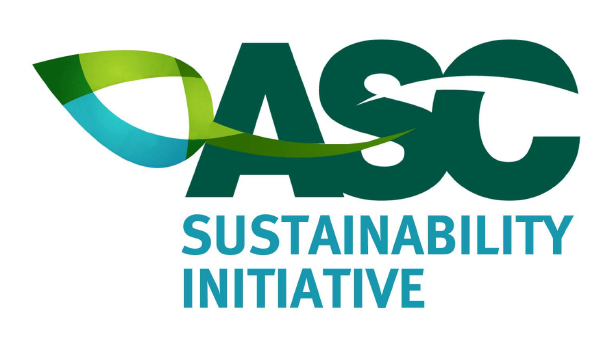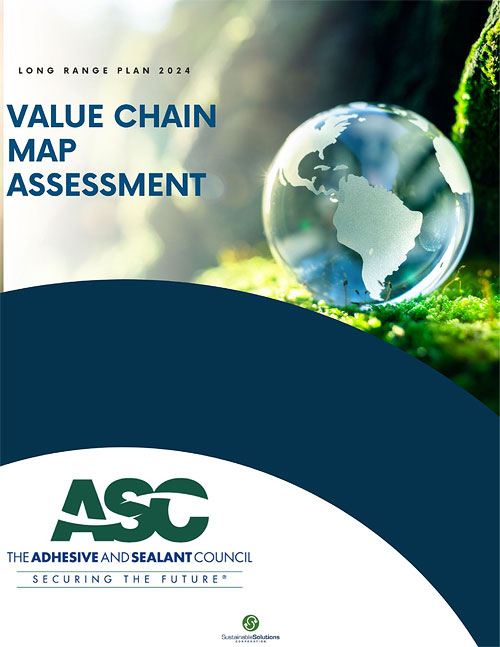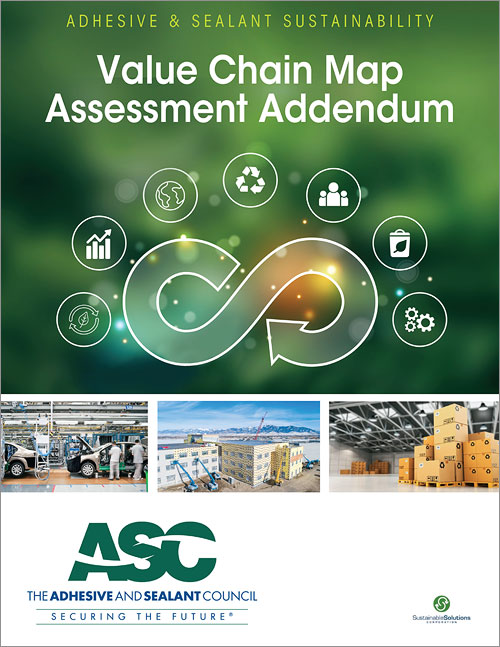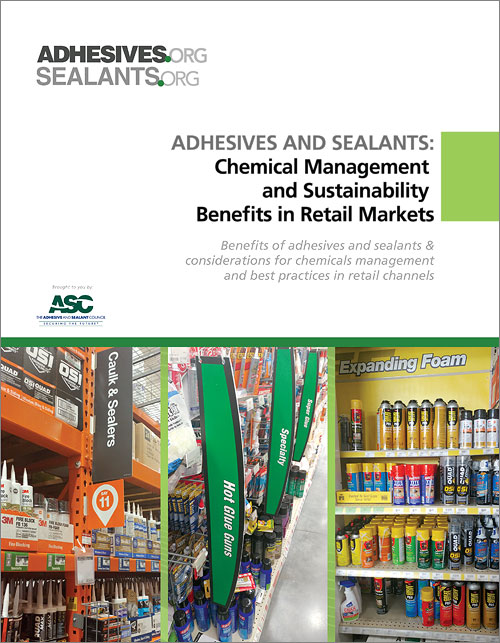Green Resources & Sustainability
Adhesives and sealants contribute to and enable sustainability benefits in countless products and industries that you interact with every day!
Automobiles
Lightweighting of vehicles, enabling better fuel efficiency and reduced greenhouse gas emissions.
Consumer & Industrial Products
Bonding & sealing solutions to replace mechanical fasteners, increase product life, decrease waste.
Buildings
Air sealing in residential and commercial buildings to keep the elements out and save energy.
Corrosion Control
Adhesives eliminate corrosion in common applications by replacing metal fasteners.
Water Supply
Water management solutions to prevent water loss in critical piping and infrastructure
Repairability & Recycling
Enabling the repair, reuse, and longer life of products we use every day, which decreases waste to landfills
“The adhesives and sealants industry is essential to
sustainability as we develop, enable and promote
technologies that support a growing world population
to improve quality of life and to use the planet’s
resources responsibly and efficiently.”
The innovation inspired by NATURE is utterly exciting!
Watch a video…
Learn more about sustainability initiatives and programs from the U.S. based adhesive & sealant industry trade association…
For the adhesives and sealants industry, sustainability is met by using materials and manufacturing processes, developing products, and providing solutions with environmental benefit.
ASC’s Sustainability Initiative identifies three progress areas of focus:
-
Advancing the circular economy
-
Reducing environmental impact in operations and supply chain
-
Making a positive impact for our employees and communities
ASC’s Value Chain Map Assessment Report
This report outlines where sustainability improvements can be made within different stages of a adhesive & sealant company’s operations.
Specifically, the aim is to map the inputs and outputs within the adhesive industry, to find opportunities for the industry to lower their environmental footprint, and to identify appropriate next steps.
ASC’s Value Chain Map Assessment Part II (Adendum)
This 2024 addendum to the Value Chain Map Assessment above provides a detailed analysis of ASC’s value chain in relation to stewardship and circularity, focusing on three key industries: building and construction, transportation, and packaging. The scope of the addendum includes an evaluation of key movements in regulation and legislation; a review of emerging trends in circularity and end-of-life solutions; and a case study of Scope 3 within the building and construction industry.
ASC’s Chemical Management & Sustainability Benefits in Retail Markets Guide
This report outlines where sustainability improvements can be made within different stages of a adhesive & sealant company’s operations.
Specifically, the aim is to map the inputs and outputs within the adhesive industry, to find opportunities for the industry to lower their environmental footprint, and to identify appropriate next steps.
FEICA’s ‘Adhesives in the Recycling of Packaging’ FAQ Document
The Association of the European Adhesives and Sealants Industry
Adhesives fulfill many vital roles in packaging and are used in nearly all types of packaging, including paper, cardboard, plastic, metal, glass and wood packaging. This includes the primary, secondary and tertiary (logistics) packaging of many goods, such as food, consumer goods, cosmetics, and electronic and industrial products. Many functionally and environmentally beneficial packaging formats could not be produced or function correctly without adhesives. This FAQ document provides more insights into the indispensable role of adhesives in sustainable packaging.
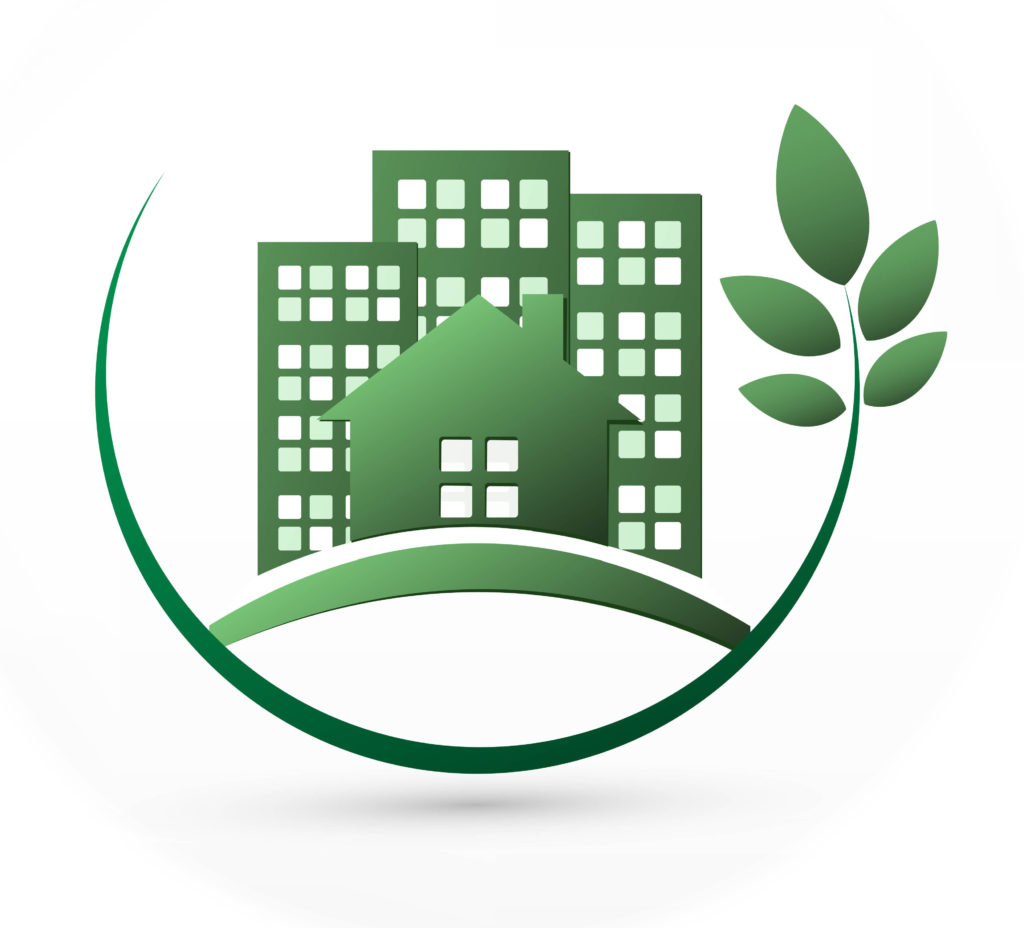
Green Building Program
RESIDENTIAL & COMMERCIAL BUILDING CONSTRUCTION GUIDELINES
This section provides a summary of relevant adhesive and sealant “green” guidelines for the major “green building” program available on the market today.
The current non-governmental organizations (NGO’s) which have developed “green building” rating systems are:
Leadership in Energy and Environmental Design (LEED Program) – developed by the US Green Building Council (US GBC) .
NAHB Model Green Home Building Guidelines – developed by the National Association of Home Builders (NAHB) and marketed in the US by Green Building Initiative (GBI)Based on the California Resources Board (CARB) Consumer Rule.
Green Globes – developed by Energy and Environment Canada and marketed by GBI. Also based on CARB Consumer Rule; however, the rule is currently undergoing further modifcation.
International Green Construction Code (IGCC) (currently in development):
As part of its commitment to green and sustainable safety concepts, the International Code Council is excited to develop a new set of green codes under the multi-year initiative called “IGCC: Safe and Sustainable by the Book.” This initiative will include collaboration from the Council’s closest allies and pre-eminent thought leaders in green building, as well as outreach and feedback from our members and the general public. We are committed to developing an effective and efficient code that will continue our long tradition of international code guidance.
Green Mortgages – Before you build, consider a green or energy efficient mortgage. It not only helps the environment, because you are committing to using environmentally friendly products & services in your home or building, but it also helps you borrow extra money to support your project.

Green Rating Programs
U.S. BASED
Green Seal – Green Seal is an independent non-profit organization dedicated to safeguarding the environment and transforming the marketplace by promoting the manufacture, purchase and use of environmentally friendly products. It evaluates a wide range of products and services ( including adhesives GS-36) and develops environmental leadership standards and certifications based on internal criteria.
Green Guard – The GREENGUARD Certification Program is a proprietary program owned by UL Solutions. It certifies indoor air standards for indoor products (including adhesives and sealants) utilizing dynamic environmental chamber testing.
Green Label Plus – Carpet and Rug Institute’s Green Label Plus is an independent testing program that identifies carpet and adhesive products with very low emissions of VOCs that will help improve indoor air quality.
EUROPEAN BASED
EMICODE – System developed by the German adhesives industry late 1990s that represents a labeling system of ‘low emission’ construction adhesives and associated products such as primers, leveling compounds, joint sealants etc. EMICODE is basically the only low emission label for adhesives operating Europe-wide that is highly recognized by construction professionals. The EMICODE system is maintained by the GEV, a low budget/non profit industry organization made up of participating companies.


